
Diana is a film about a royal subject that is not given a royal treatment. From the pen of first-time screenwriter Stephen Jeffreys, it is a flat rendition of a fascinating public figure, settling on a focus of the Princess of Wales’ love affair with heart surgeon Hazmat Khan, which ultimately turns its protagonist into a withering, indecisive, lovesick girl. Naomi Watts, an actor often strong-willed and full of grace, brings to Princess Diana a complexion that the script slights for a more superficial romantic angle.
The biopic only briefly touches on Diana’s desire for privacy away from the prying paparazzi, as well as her humanitarian work in the mid-1990s to ban land mines. Interestingly, these are also the most compelling sections of the film, which directed by Oliver Hirschbiegel (Downfall). Ultimately, the soapy romance between Diana and Haznat (Naveen Andrews) turns Diana into a clumsy, corny trifle, instead of the full-bodied introspection of the beloved “Queen of Hearts” that it could be.
We follow Diana in the last two years of her life – after she had separated from Prince Charles and before she died from fatal injuries sustained in a car crash on August 31, 1997. The film opens with a peculiar scene taking place on the tragic eve of Diana’s death. Right before she boards an elevator to leave her residence, we hear a faint, although heavy vibration coming from her room. She turns around, looking crestfallen. A few seconds later, the noise stops and she boards the elevator. A few hours later, Diana is dead.
The sound effect emphasized in that scene, a harsh echo that Diana hears, could represent a void she left behind. According to Jeffreys’ script, adapted from the Kate Snell’s book, Diana – Her Last Love, the emptiness she feels looking back comes from the lack of love in her life. Diana’s relationship with Haznat had finished months before her death.
Even though one character tells Diana that she is “the most famous woman in the world,” fame does not matter to the Princess. Without her children, husband and public duty, Diana’s world is empty. The best moments from the film show the character doing everyday activities, like jogging, cooking and watching telly. She feels alone and distant from the public and arranges an interview with the BBC as a way to communicate with the people who used to adore her and to come clean about her separation with Prince Charles.
These moments, where Watts is alone doing perfunctory things, show the deepest humanity within the character. Watts portrays Diana not quite as the glorious style icon of the 1990s, but as a nervous, aching women betrayed by the monarchy and figuring out how best to contribute her time. As she hesitates while reciting speeches in the mirror, fidgets around the kitchen or scorns her ex-husband’s appearance on television, Watts brings out a humanity that ordinary people might not think of when considering a Princess. In these moments, she levels Diana with the follies of ordinary people, and she wins the audience’s respect.
Unfortunately, this dignified approach that the actor gives to her portrayal is forgotten quickly after the 15-minute mark, when she visits a local hospital and starts to grow fond of its premiere heart surgeon, Dr. Haznat Khan. Naveen Andrews plays the role with a relaxed stance and tone, although his sophisticated character is later reduced to little more than a mere love interest.
Haznat’s characterization is corny. On one hand, he is a heart surgeon who does not care much for his health, lighting cigarettes in front of Diana and preferring to order in fast food than eat his girlfriend’s cooking. On the other, Jeffreys’ script treats his occupation as a heart surgeon as a glib metaphor, since he is the person who can supposedly mend Princess Diana’s broken heart. There is even a moment where the Princess asks him whether one’s heart can actually break.
Haznat also tells the princess that he likes jazz music since he finds the improvisation found in that genre more freeing. His love for jazz is a metaphor to explain how opposite he is from a woman who has lived a regimented life with no area for spontaneity. Of course, Diana and Haznat go to a jazz club on their first date – she dons a brown wig, an effective weapon to thwart any onlooker’s suspicions, since Watts looks more like Nicole Kidman with brown hair than like Princess Diana with her regular cut.
Both Watts and Andrews try their best to transcend the cheesy dialogue, but their scenes of pillow talk would even be gooey for Royal Family fan fiction. Moreover, for a film that sets many of its scenes in Kensington Palace, Diana’s residence, the production design is too cheaply furnished. It is likely that the budget for the art direction was tightened to allow the costume department the chance to recreates some of the Princess’s most stunning and iconic dresses, many of which are on display in the film.
Between the lovey-dovey material, Diana heads on a crusade to Angola to give worldwide attention to deaths through land mines. As minor a moment this scene is, the pre-credits summaries still speak on her work as a forerunner in the movement to ban land mines. It is in sporadic moments like these where the viewer realizes that Hirschbiegel is not providing enough context to understand who this woman was.
Given how parts of her physical resemblance are like Diana’s and how terrific and elegant an actor she is, it is natural that Watts landed the role. It is a shame that she could not have received a less soapy, more compelling characterization. The only scenes that epitomize Watts’ grace as an actor are the moments of quiet, where she subtly gives out an impression that Diana was a human who craved the normalcy of everyday life.
Diana is an inconsistent biopic, an only intermittently engaging film that prefers to model the Princess of Wales as an undersexed girl trying to find a flash of joy in her life than as a compelling public figure. When Elton John sang “Candle in the Wind” at Princess Diana’s funeral as a tribute to her, he and lyricist Bernie Taupin did a finer job of capturing her spirit and soul in a four-minute song than Hirshbiegel’s film does in two hours.


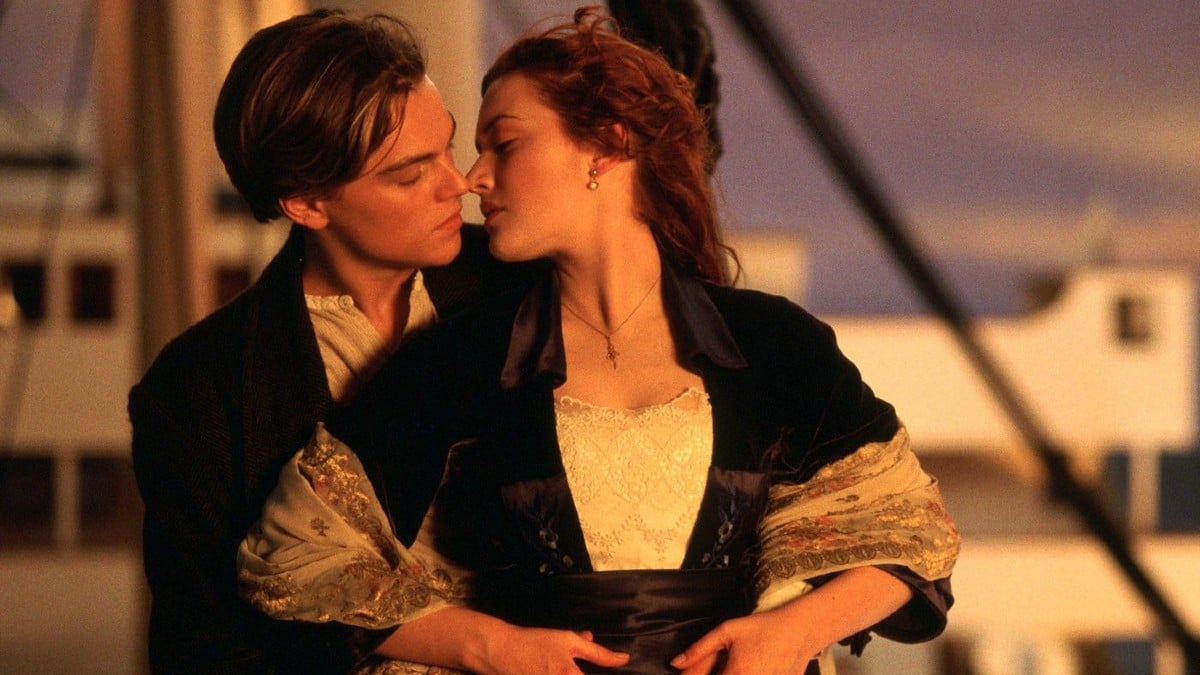
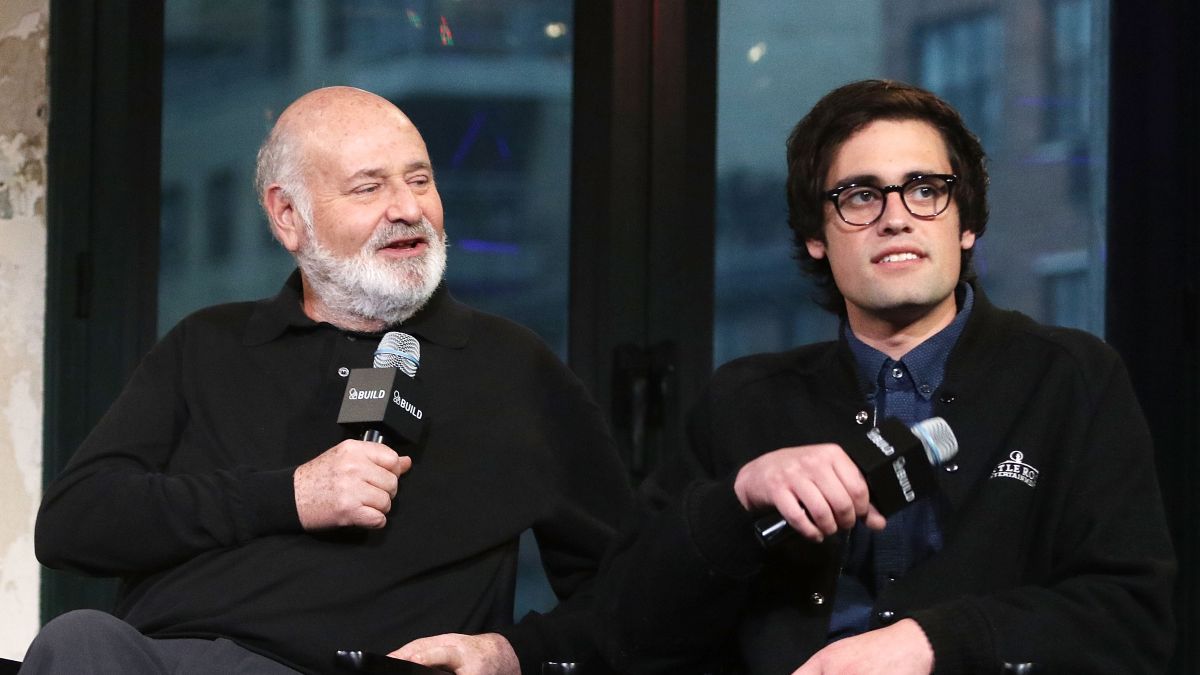
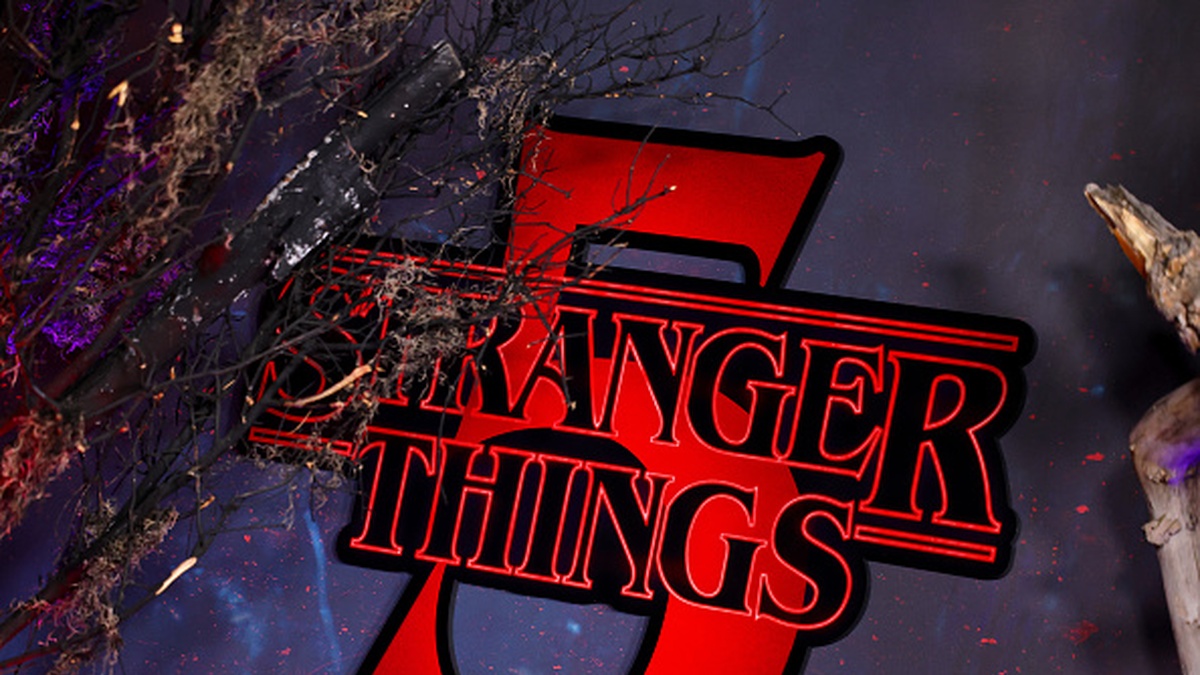

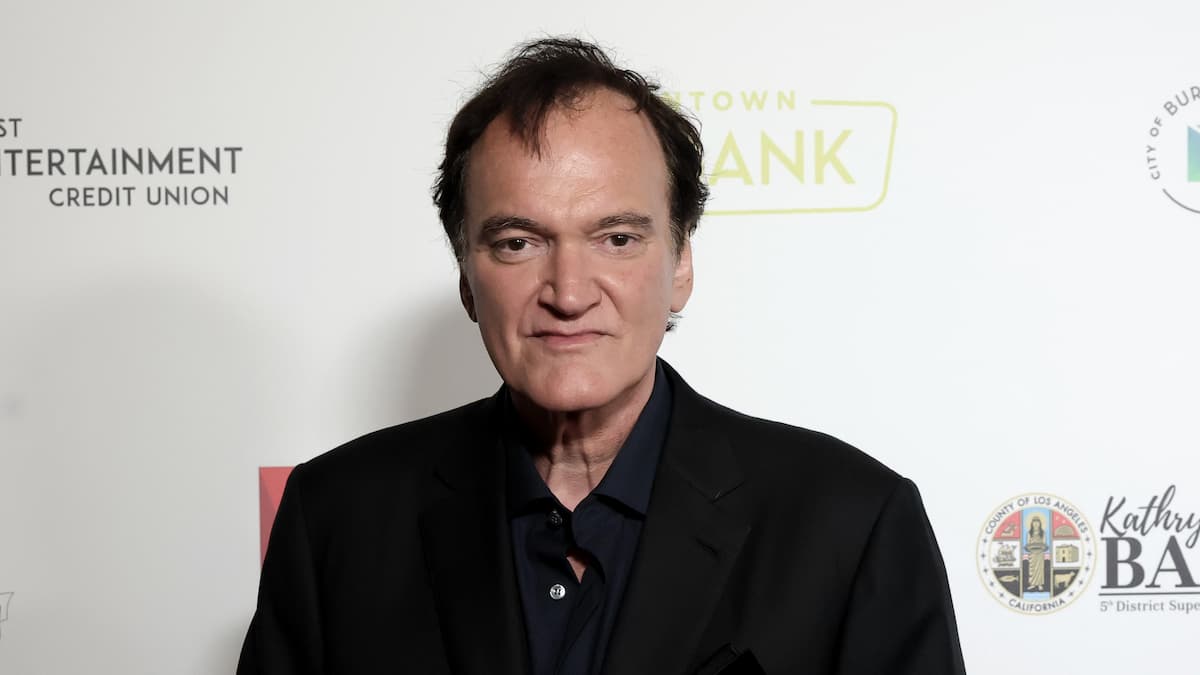
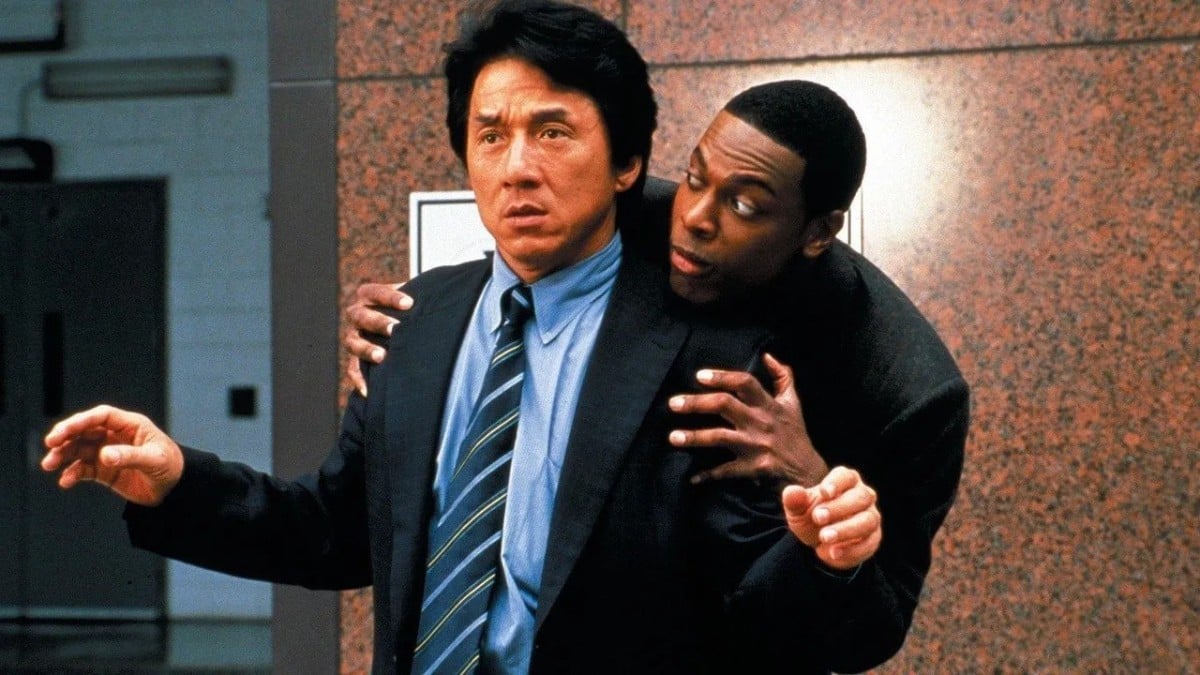

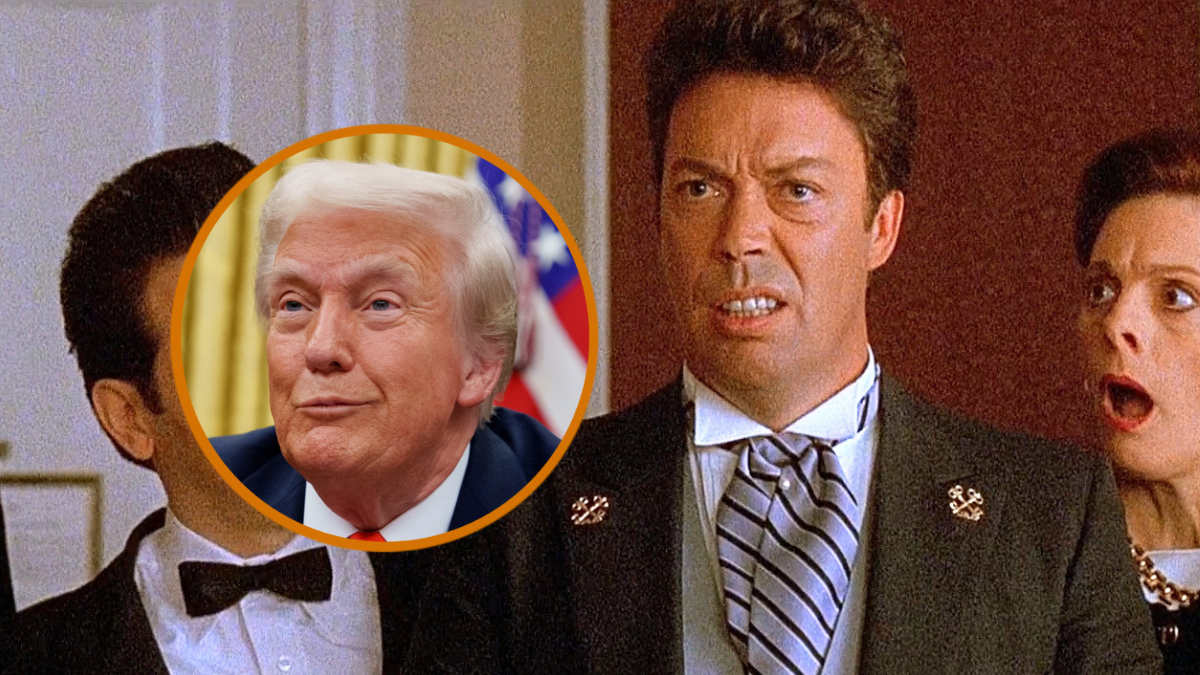
Published: Nov 1, 2013 12:05 pm